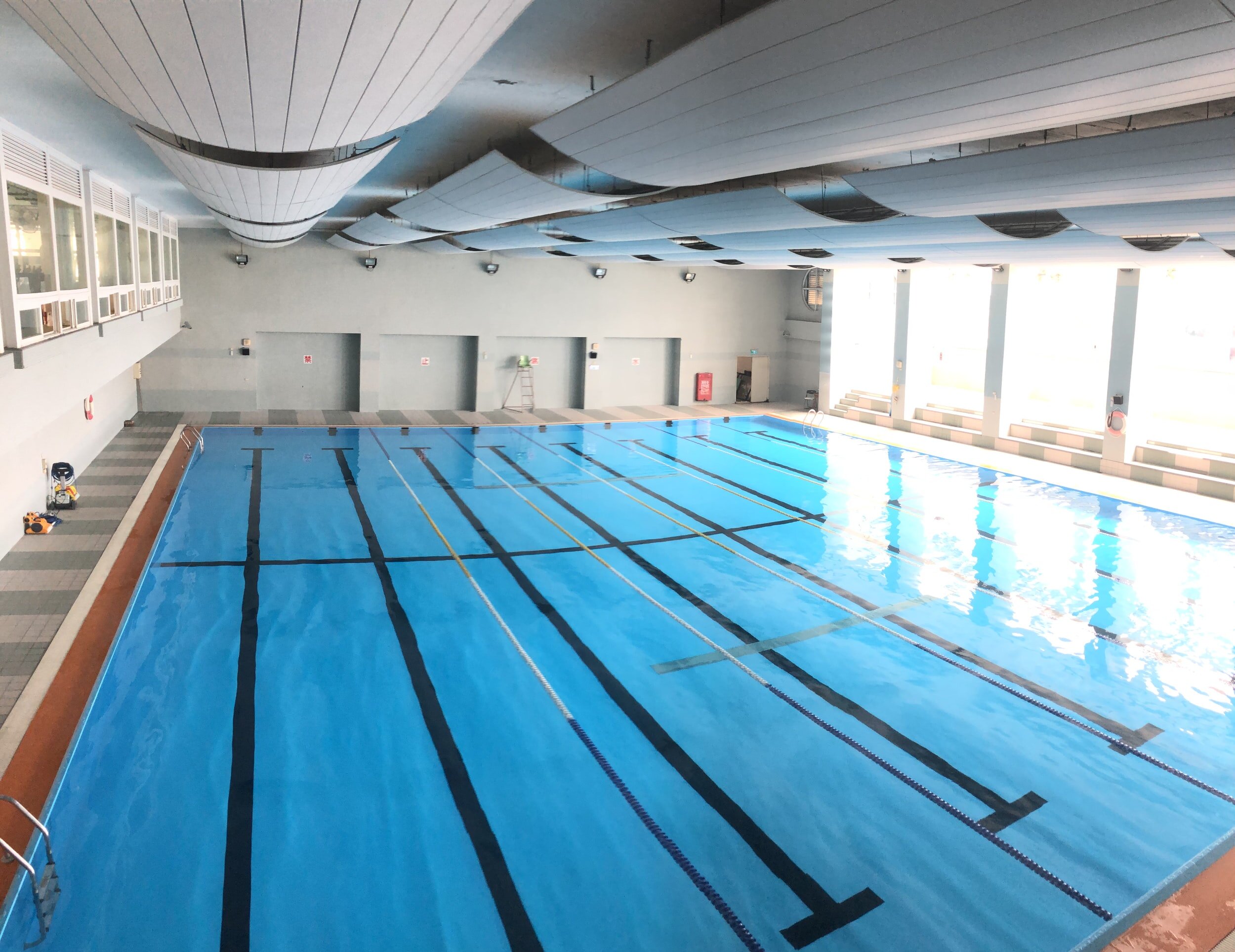
Water Safety
Swim Tests
As an outdoor water sport, UCBC is committed to giving our members a fun and enjoyable experience, and hence safety is paramount. The governing body of rowing in Oxford, "Oxford University Rowing Clubs (OURCs)", requires that every rower and cox complete a simple - albeit mandatory - swim test in order to be eligible to participate. Rowers and coxes must pass a swim test after their fifth outing before conducting further water outings.
As per the OURCS website, the swim test consists of:
Wearing a t-shirt and shorts (as a minimum)
50m swimming (any stroke excluding backstroke!)
Surface dive and swim for 5m fully submerged under water
Tread water for 2 minutes. When treading water you are expected to have your full head above the water and have your airways open.
This is in-line with the requirements of British Rowing and all have real-world practical reasons for their inclusion. All testing is carried out by qualified personnel. Swim tests are conducted at the Rosenblatt Pool, Iffley Road Sports Centre and cost between £2 - £10 pounds. They typically occur within the first few weeks of Michaelmas term, and will be advertised on our social media by our vice-captains.
As per the OURCS website, you should bring to your swim test:
Valid Bod card if a current student (any photo-ID if not a current student)
Plastic bag for the wet clothes after the test
Towel and a dry change of clothes.
Failure of a swim test: Some athletes fail their first swim test. If this happens, do not be discouraged! Spend some time practising swimming in safe, supervised conditions at the Iffley Sports Centre, or contact the Men’s or Women’s Vice Captains for further advice. Upon failure of a swim test, that athlete is prohibited from water outings until they subsequently pass a swim test. This means that any further usage of their 5 session allowance before being tested is not permitted. They are NOT permitted to be on the water even with lifejackets or buoyancy aids.
Capsize Drills
Most outings take place in fours and eights, which are relatively stable boats, and very unlikely to capsize. However, when rowers go out in small boats (singles, doubles and pairs) there is increased chance of inadvertently going for a swim, and as such OURCs requires anyone going out in small boats to have a capsize drill, in line with British Rowing guidance. These tests are open to anyone, regardless of experience, and well worth doing. Testing is carried out by qualified personnel, and takes place in a swimming pool. As per the OURCs website, they typically involve :
A brief discussion of how one might capsize
A brief overview of some dangers of immersion or capsizing
A discussion of the need to stay with the boat at all times
Learn how to get into scull correctly, put your feet into the shoes - you will be pushed off into the centre of the capsize area.
When ready capsize the boat by moving towards front stops, then pushing the blade handles well past the rigger & saxboard, place hands back on the rigger – try and sit for as long as you can before rolling in.
Free your feet from the shoes by pulling on the quick release.
Tap three times on the boat whilst underwater – this shows you are in control & confident in this environment.
Look up, avoiding the riggers and surface.
Right the boat by standing on the rigger nearest you, reach over the boat and pulling the other rigger up off the water. Watch the blades as they swing over.
Move to the bows maintaining contact with the scull the whole time.
Tow the boat to the side, from the bow lying on your back. If you have a long way to swim with the boat, first streamline the blades to minimize drag (e.g. spoons trailing towards the stern).
A brief discussion of techniques for re-entering a boat but no re-entry is required
To book a drill, talk to your captain or vice captain, or keep an eye out on our social media pages. For more information on how to deal with a capsize regardless of the boat you’re in, please refer to the OURCs page on capsize drills here. The key points are:
The boat is your flotation device (whether it’s a Ix, IV+ or VIII+) so you must stay in contact with the boat the entire way through the capsize drill and also out on the water should a capsize or swamping occur.
Out on the water in most circumstances you will find yourself within easy towing distance of the bank, so knowing how to right your boat & tow forms the second part of the drill.
If you can't tow the boat to the bank, then either try to self-right, or lie on top of the shell to reduce the risk of hypothermia.
